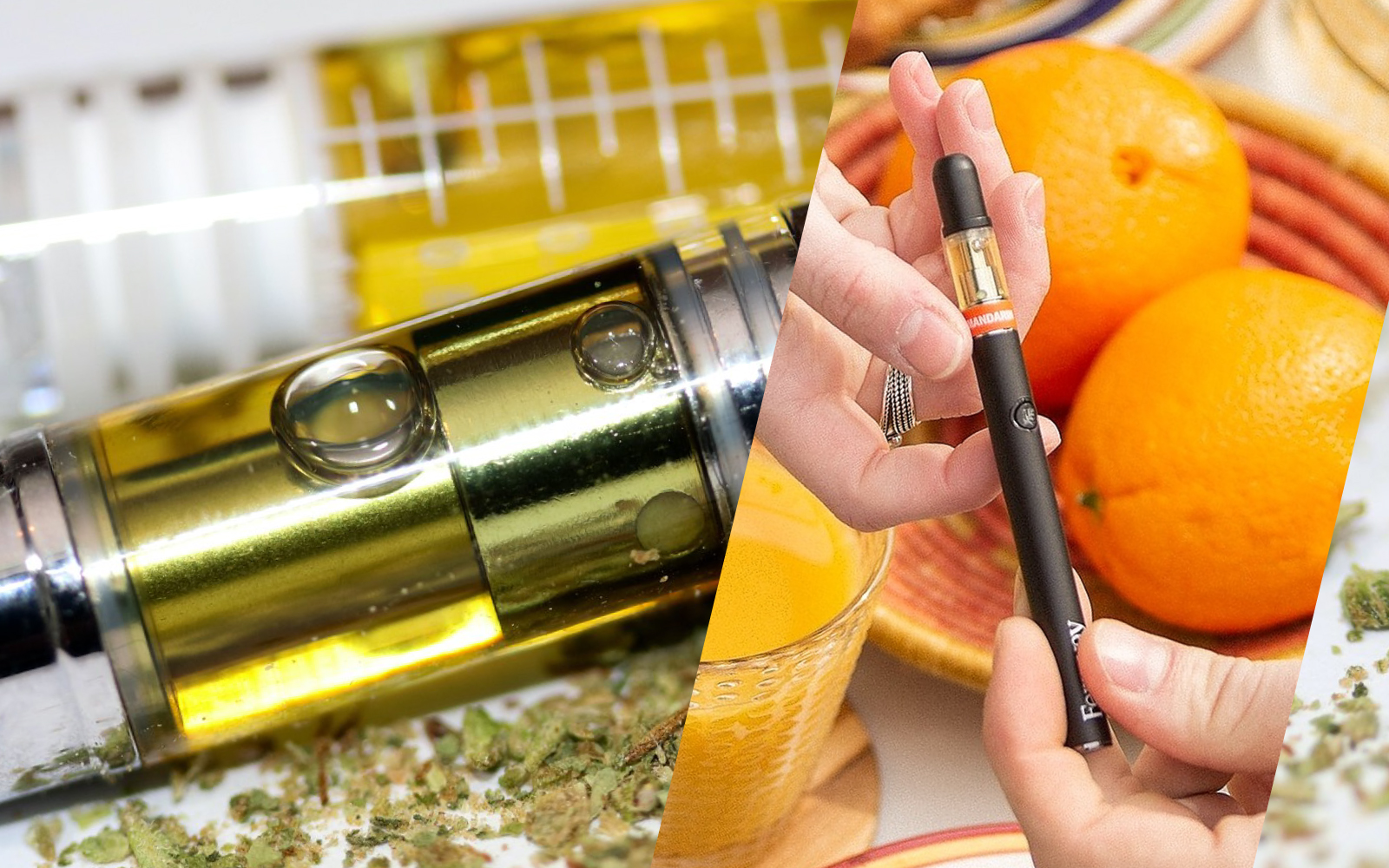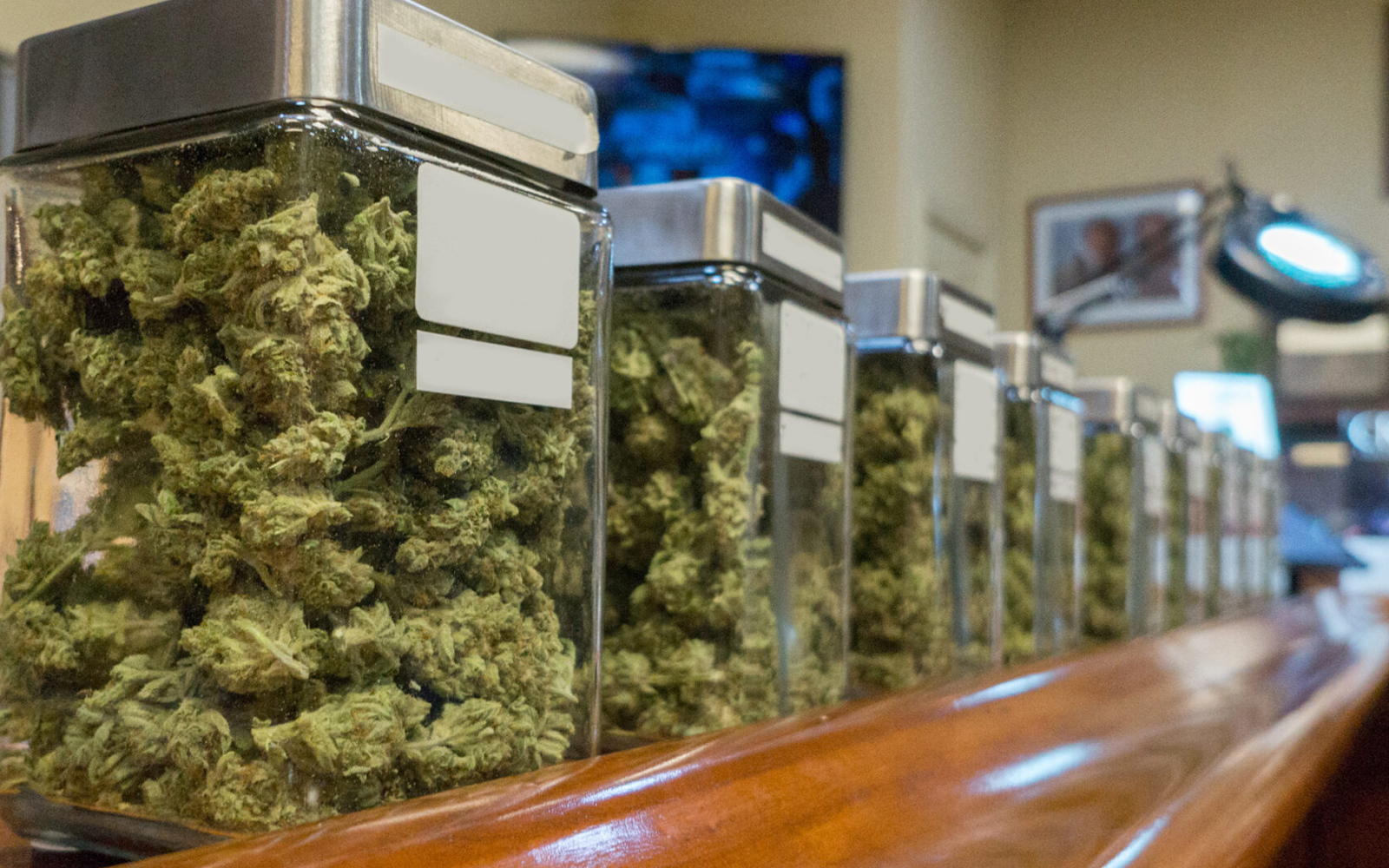Cannabis consumption has evolved significantly over the past few decades, from traditional smoking to a variety of other methods, with vaporizers being one of the most popular alternatives. The introduction of vaporizers was initially hailed as a healthier alternative to smoking cannabis due to the perceived lower levels of harmful substances produced in the process. However, with the growing popularity of cannabis vaporizers, questions surrounding their health implications have come to the forefront. Are vaporizers truly safer than smoking cannabis? To answer this question, it’s essential to examine both the science behind vaping and its impact on health.
Understanding Cannabis Vaporizers
Cannabis vaporizers work by heating cannabis to a temperature that releases cannabinoids and terpenes (the active compounds) without burning the plant material. This process is known as “vaporization” rather than combustion. The key difference is that combustion occurs when the plant material is heated to the point of burning, which produces harmful byproducts such as tar, carbon monoxide, and various carcinogens. Vaporizers, on the other hand, aim to reach a lower temperature, typically between 330°F (165°C) and 400°F (200°C), which prevents the production of smoke and instead produces a vapor.
There are two primary types of vaporizers: conduction vaporizers, which heat cannabis by direct contact with a heated surface, and convection vaporizers, which heat the air around the cannabis, allowing the vapor to be extracted more evenly. While both methods aim to deliver a clean, smoke-free experience, the efficiency and health implications of each can vary slightly.
Vaporizers vs. Smoking
When comparing vaporizers to traditional smoking methods, it’s important to understand the specific health risks associated with smoking cannabis. Smoking cannabis, like smoking tobacco, involves inhaling products of combustion. These include not only the psychoactive THC (tetrahydrocannabinol) but also harmful chemicals such as tar, benzene, and polycyclic aromatic hydrocarbons (PAHs), all of which are known to contribute to lung damage, respiratory diseases, and even cancer. Smoking cannabis also involves the inhalation of carbon monoxide, which can decrease oxygen levels in the bloodstream.
In contrast, vaporization avoids combustion and, therefore, eliminates many of the harmful byproducts associated with smoking. Studies have shown that vaporized cannabis contains significantly lower levels of toxins and carcinogens. A study published in the Journal of Cannabis Research found that vaporized cannabis produced fewer harmful substances when compared to smoke, making it potentially a safer alternative. However, vaporizing is not entirely without risks, and several studies have suggested that certain health concerns still exist.
Health Benefits of Vaporizing Cannabis
- Reduced Exposure to Toxins: Vaporizing cannabis avoids combustion, significantly lowering the release of harmful chemicals like tar, carbon monoxide, and carcinogens, which are commonly found in smoke.
- Less Respiratory Irritation: Vaporizers produce vapor rather than smoke, which is gentler on the lungs and airways. This can be especially beneficial for people with respiratory conditions such as asthma or chronic bronchitis.
- More Efficient Cannabinoid Delivery: Vaporization allows cannabinoids like THC and CBD to be released at lower temperatures, preserving their potency and improving the overall efficiency of cannabinoid absorption.
- Lower Dosage for Desired Effects: Because vaporizing provides a more efficient delivery of active compounds, users may require smaller amounts of cannabis to achieve the same effects, potentially reducing overall consumption.
- Reduced Risk of Long-Term Lung Damage: Vaporizing eliminates the harmful byproducts of smoking, potentially decreasing the risk of developing chronic respiratory issues and lung diseases over time.
The Risks of Vaporizing
Despite its perceived safety, vaporizing cannabis is not without risks. One concern that has surfaced is the presence of potentially harmful chemicals in the vapor. While vaporizers generally produce fewer harmful substances than smoking, they can still release compounds such as formaldehyde, acrolein, and acetaldehyde when used at higher temperatures or with poor-quality products. These chemicals are known to irritate the respiratory system and could have long-term health effects when inhaled in large amounts.
The type of vaporizer used can also influence the safety of the experience. For instance, cheaper, low-quality vaporizers may not heat cannabis evenly, potentially leading to the production of unwanted toxic compounds. Furthermore, many of the vape pens and e-cigarettes available on the market today contain added flavorings and thinning agents, such as propylene glycol or vegetable glycerin, which can break down into potentially harmful substances when heated.
The widespread use of e-cigarettes has also raised concerns about the safety of vaporizing cannabis in the same devices. While cannabis and e-cigarettes are distinct substances, the long-term impact of vaping these substances together is still largely unknown. There have been reports of vaping-associated lung injury (VALI) linked to the use of e-cigarettes containing THC, though these incidents are often associated with the use of unregulated, black-market products.
The Role of Terpenes and Additives
Another aspect to consider when evaluating the health risks of cannabis vaporizers is the role of terpenes. Terpenes are aromatic compounds found in cannabis that contribute to its flavor and aroma. They may also play a role in the therapeutic effects of cannabis, as some terpenes have been shown to possess anti-inflammatory, analgesic, and anti-anxiety properties. While vaporizing cannabis preserves these terpenes better than smoking, it’s important to note that not all terpenes are created equal. Some terpenes, when heated to high temperatures, can produce potentially harmful byproducts, which could contribute to respiratory issues.
Additionally, many cannabis concentrates and vape cartridges are infused with additives to enhance flavor or improve the consistency of the product. These additives, such as vitamin E acetate (a substance linked to severe lung injury), have been a subject of concern in the cannabis vaping industry. In fact, the U.S. Centers for Disease Control and Prevention (CDC) warned against the use of vape products containing vitamin E acetate after a series of illnesses were reported in 2019. While not all vape products contain harmful additives, it’s crucial for consumers to be mindful of the ingredients in their cannabis products and to buy from reputable sources.
Are Vaporizers a Truly Safe Alternative?
The evidence suggests that cannabis vaporizers are likely safer than smoking when it comes to the production of harmful chemicals and the impact on lung health. By avoiding combustion, vaporizers reduce exposure to many of the toxins found in cannabis smoke, making them a less harmful option for most users. However, this doesn’t mean that vaporizing is entirely without risk. Vaporizers, especially lower-quality models or unregulated products, can still release harmful chemicals, and the long-term health effects of inhaling vaporized cannabis are not fully understood.
For individuals looking to minimize health risks, vaporizing cannabis in moderation using high-quality devices and regulated products is likely a safer alternative to smoking. Moreover, consumers should be cautious about additives and flavored products, as these can introduce additional health risks. As more research emerges on the subject, we may gain a clearer understanding of the safety profile of cannabis vaporizers and their impact on overall health.
Conclusion
In conclusion, while cannabis vaporizers are generally considered a safer alternative to smoking, they are not without potential risks. Vaporizing can reduce the harmful effects associated with combustion, particularly for the lungs and respiratory system. However, concerns remain about the safety of additives, low-quality devices, and the long-term health effects of inhaling vaporized substances. As with any form of cannabis consumption, moderation, quality control, and education are key to minimizing health risks and ensuring a safer experience for users.







